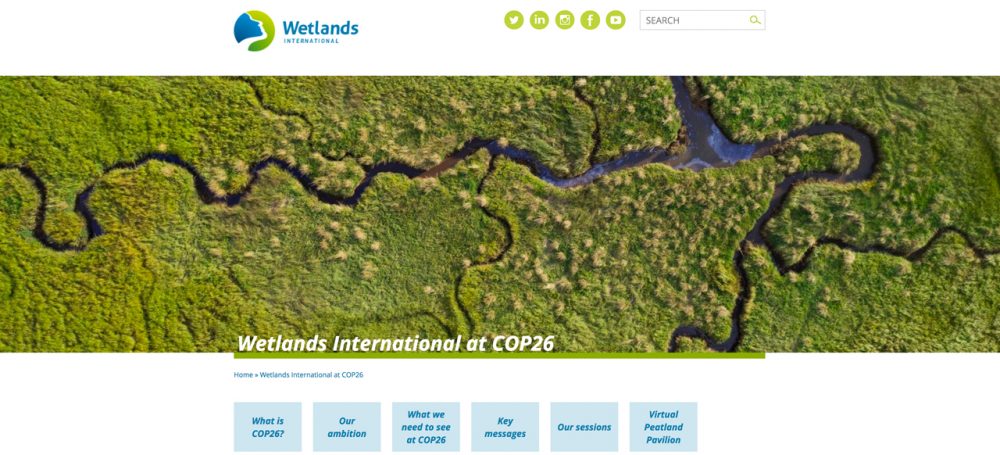The 26th session of the Conference of the Parties (COP26) to the UN Framework Convention on Climate Change (UNFCCC) takes place in Glasgow, Scotland, on 31 October – 12 November 2021 to accelerate action towards the goals of the Paris Agreement and the UN Framework Convention on Climate Change.
What is COP26?
Every year, Parties to the UNFCCC meet to assess progress on the different streams of the Convention, enhance action, and agree on different rules, guidelines, implementation, among others. When the Paris Agreement was adopted in 2015 at COP21, every country agreed to work together to limit global warming to well below 2°C degrees and aim for 1.5°C degrees above pre-industrial levels, and agreed to a low carbon future (net-zero by 2050). Countries committed to bring forward national plans setting out how much they would reduce their GHGs emissions, and enhance adaptation, known as Nationally Determined Contributions (NDCs). They agreed that every five years they would come back with an updated plan that would reflect their highest possible ambitions. Unfortunately, countries’ NDCs are currently not ambitious enough to limit global warming to 1.5 degrees. The decade out to 2030 will be crucial as the window of opportunity is closing – and countries must be much more ambitious and rigid with their climate plans to turn things around.
Our ambition
As Nature-based Solutions to climate change with far-reaching benefits for people and nature, wetlands – including mangroves, peatlands and marshes, rivers and lakes, deltas, floodplains and flooded forests – offer a way for our countries to achieve more ambitious climate plans.
Yet, today, we are losing wetlands at a rate three times faster than forests. Still, they are not getting the same level of attention. Wetlands are increasingly drained, dammed and developed over leading to their degradation and rapid loss. This in turn reduces available freshwater, making our landscapes, food production, communities, economies and societies vulnerable and prone to natural, economic and social disasters. It affects the poorest and most vulnerable and contributes to a global biodiversity in freefall.
Read full article: Wetlands International at COP26





Comments closed.